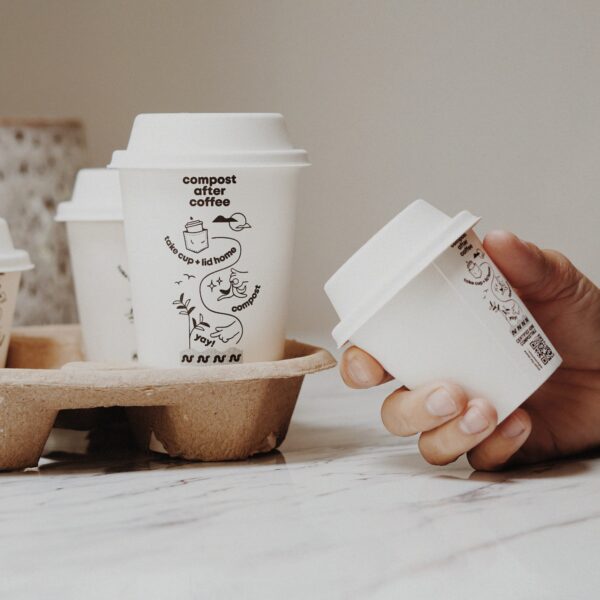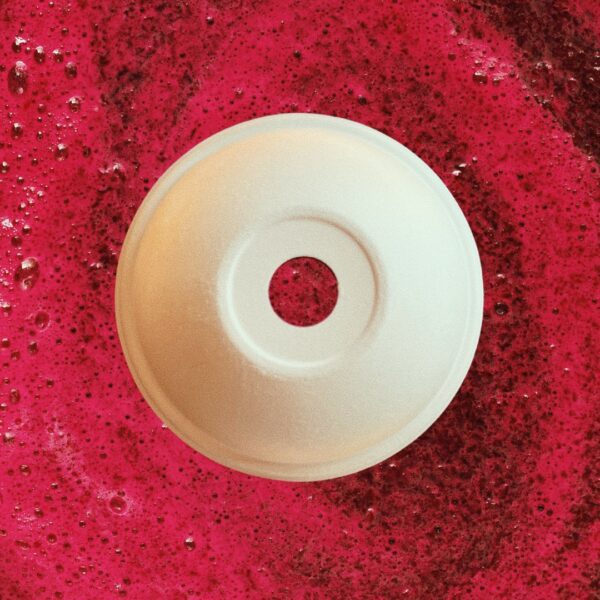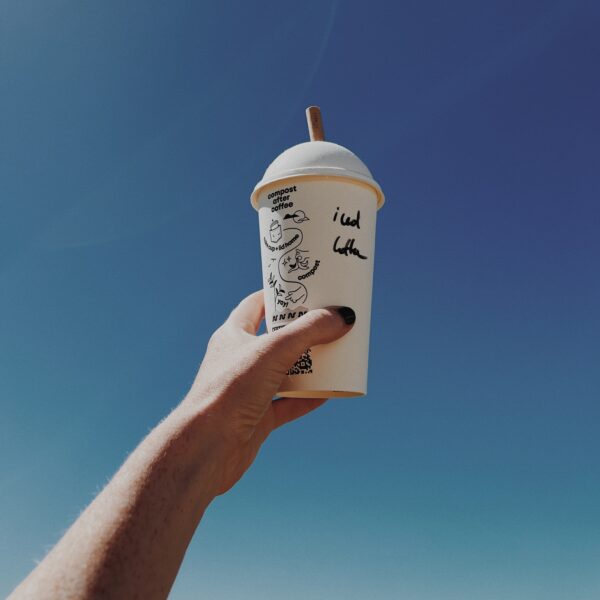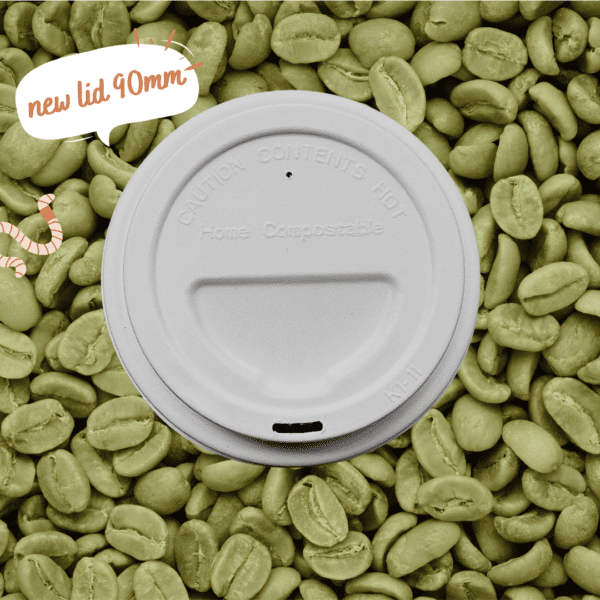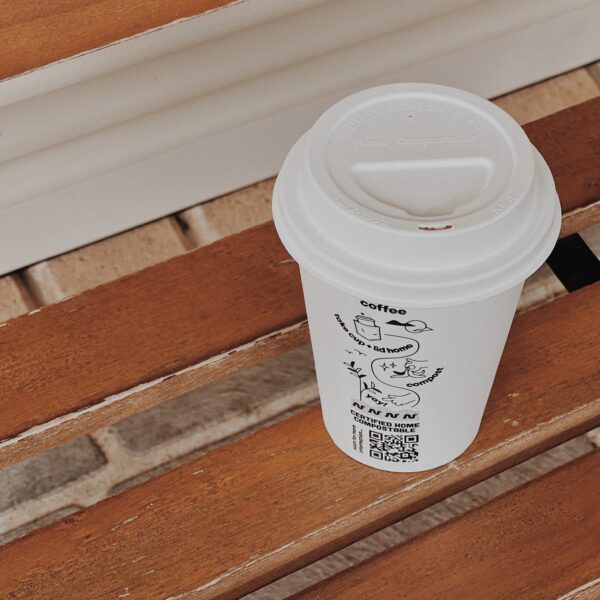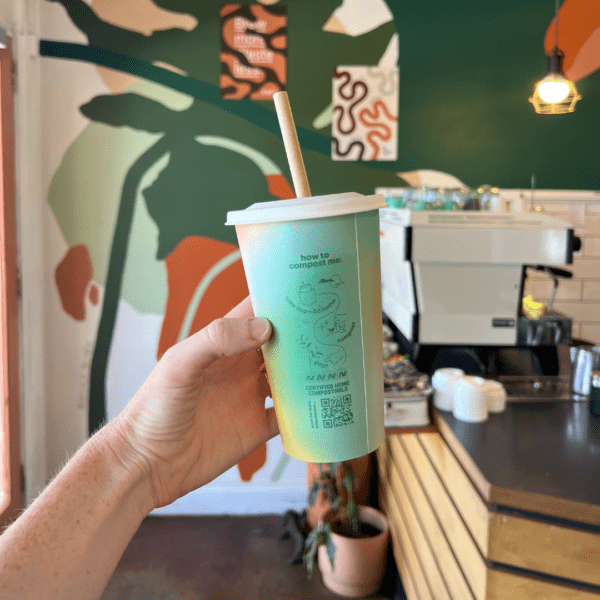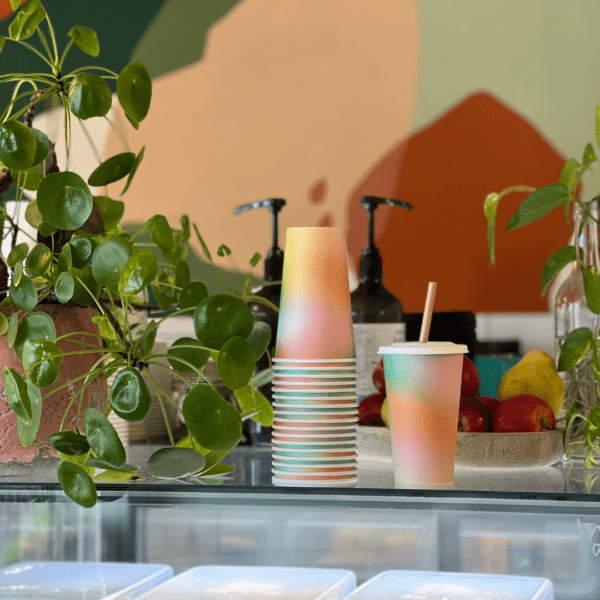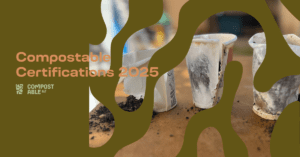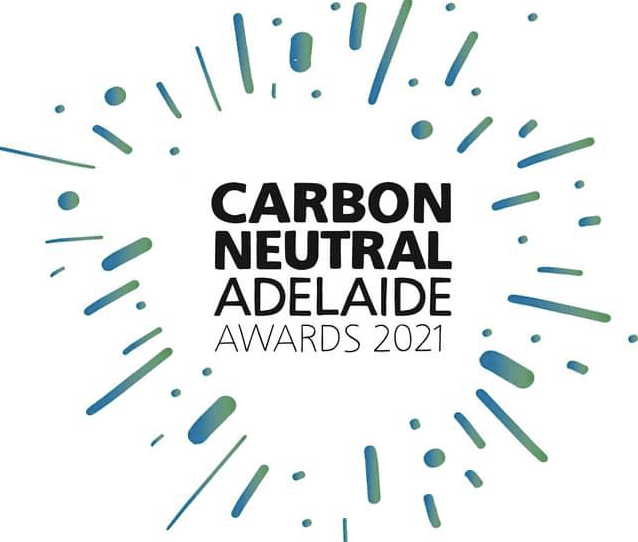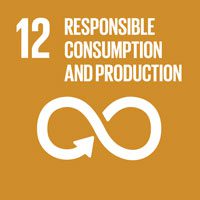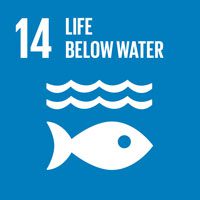Let’s start with a simple question:
What exactly are commercially compostable products?
Commercially compostable products are made of bioplastics.
> Bioplastics are not naturally present in the environment. They are made from components which are biobased.
> Biobased means the material or product is either in full or in part derived from biomass (plants), compared to traditional plastics that use fossil fuel.
> Biomass used to produce bioplastics may be from corn, sugarcane, cassava or cellulose for example.
In 2018, National Geographic stated,
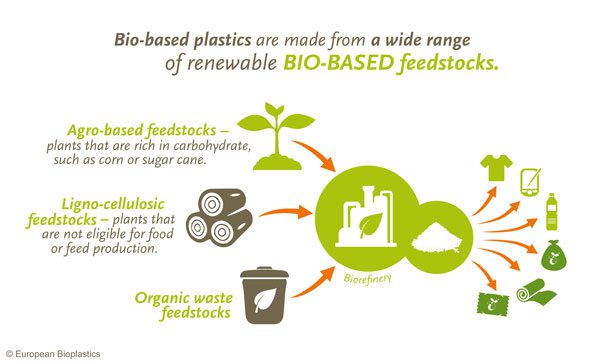
Bioplastic simply refers to plastic made from plant or other biological material instead of petroleum. It is also often called bio-based plastic. It can either be made by extracting sugar from plants like corn and sugarcane to convert into polylactic acids (PLAs), or it can be made from polyhydroxyalkanoates (PHAs) engineered from microorganisms. PLA plastic is commonly used in food packaging, while PHA is often used in medical devices like sutures and cardiovascular patches.
On the market today, “compostable products” refer to these bio-based products. For example: compostable bags, coffee cups, cups, straws, plates, containers, etc. You can read more on how to identify commercially from home compostable packaging in this article.
How can you recognise commercially compostable products and where can you dispose of them?
If nothing else is stated on the packaging, “compostable” usually means “commercially compostable”.
Generally, it also means the manufacturer has received a certificate proving that the product or material is accepted in commercial composting facilities.
To decompose and compost a bio-based product, such as a commercially compostable cup, needs to be exposed to high temperatures (around 55 to 60 degrees Celsius), sunlight, oxygen and high humidity. These are the only conditions under which the product will break down into biomass again and become nutrient rich compost. These conditions are met only in specific commercial/industrial composting facilities, and to end up there, the product should be disposed on in the FOGO (Food Organics Garden Organics) green bin, along food and garden waste.
Certifications are also the only way for commercial composting facilities to accept and process these products.
According to the Australian Bioplastics Association,
the Australian Standard for Industrial Composting AS4736 and for Australian Standard Home Composting to AS5810- are required to disintegrate after 12 weeks and completely biodegrade after six months. That means that 90 percent or more of the plastic material will have been converted to CO2. The remaining share is converted into water and biomass, which no longer contains any plastic. AS4736 and AS5810 also include tests on ecotoxicity and heavy metal contents to ensure that no harmful substances are left behind.
But what happens if they don’t end up in a composting facility?
The short answer is nothing.
In landfill, the conditions are not there for a compostable packaging to compost and they will behave the same way as traditional plastic. They will break down into micro-sized pieces that can last for decades and endanger marine life and the ecosystem.
- If it ends up in the environment, they will add up to the 130 000 tonnes of single-use plastic dumped every year into our environment (source: WWF Australia in SBS News)
- Same result in our landfill – the product will not compost.
- If it ends up in a recycling bin, not only will it contaminate the stream (risking the truck load to be sent to landfill), it will also slows down the sorting processes at the facilities. The molecular structure of bio-based plastic does not allow them to be recycled into new plastics. Hence why it’s very important not to confuse them with traditional plastic, although they look very similar!
Bio-based or compostable plastics can become a new source of pollution if they are not disposed of properly. As cafe owners are now required to switch to certified compostable options in WA and SA, it is essential for them to select an option that can be processed into compost locally, otherwise what is the point, right?
In Australia, the only way to make sure they will be composted is through a composting facility that accept them. To do this your business and your customers need to have access to a FOGO (Food Organics Garden Organics) green collection bin that accept compostable packaging. If not, you need to look at home compostable packaging instead, which is what we specialise in at Compostable Alt!
-
Home Compostable Coffee Cups
From: $74.00 -
Cold Cup Dome Lids 90mm
$89.00
About the author:
Marion is a French Australian entrepreneur, profoundly interested in the composting industry. Her words are her own thoughts and come from her research and learning. Although she quotes and sources the information she shares, Marion is not a scientist or a researcher and her opinions should not be understood as a scientific truth.
Through her findings and experience in the industry, she is attempting to support hospitality businesses and producers in their search of alternative choices to single-use and other types of plastic packaging. You should always do your own research to best inform yourself.
Did you find this article useful? Share this article with your community

